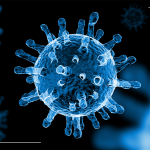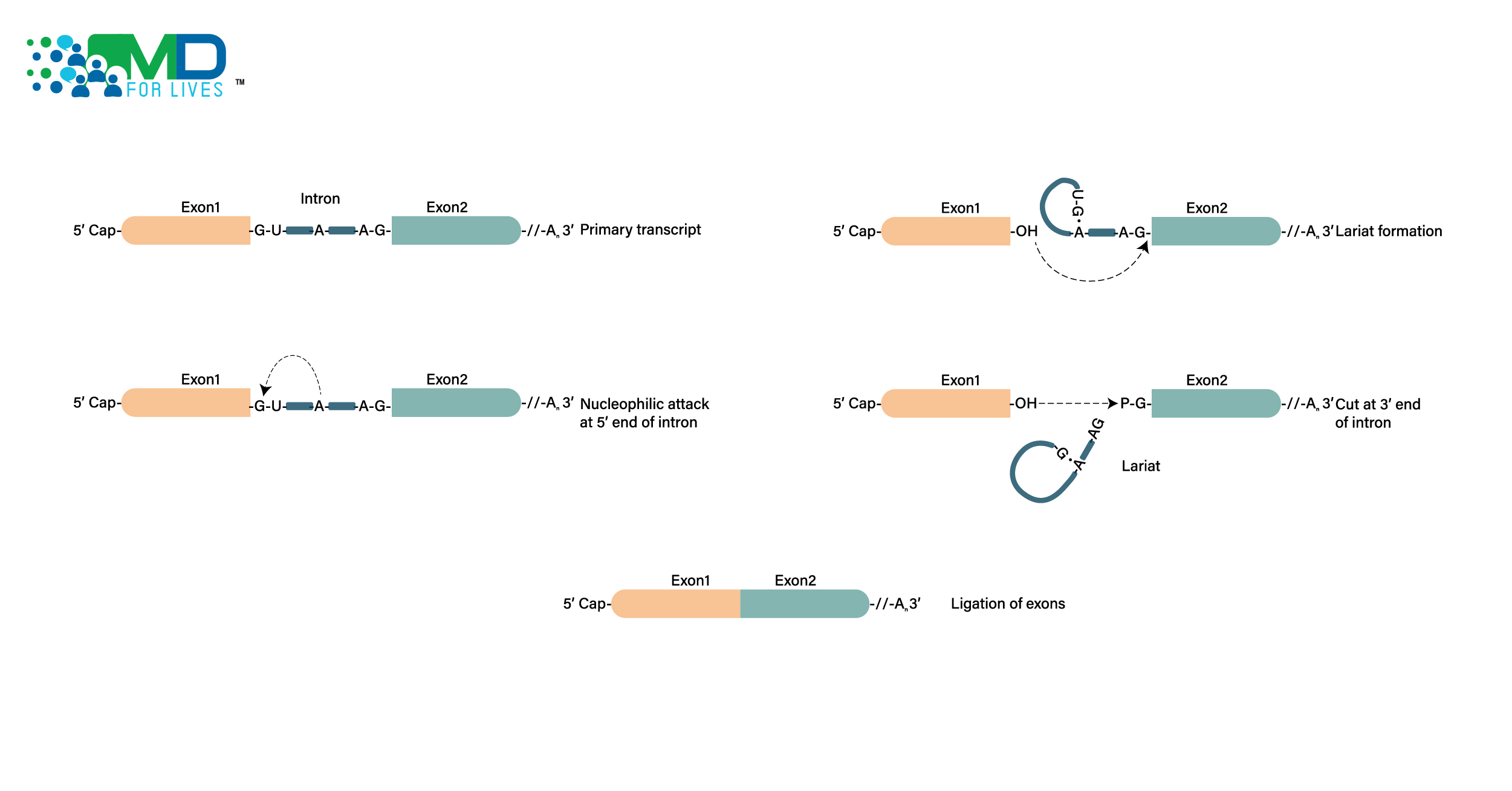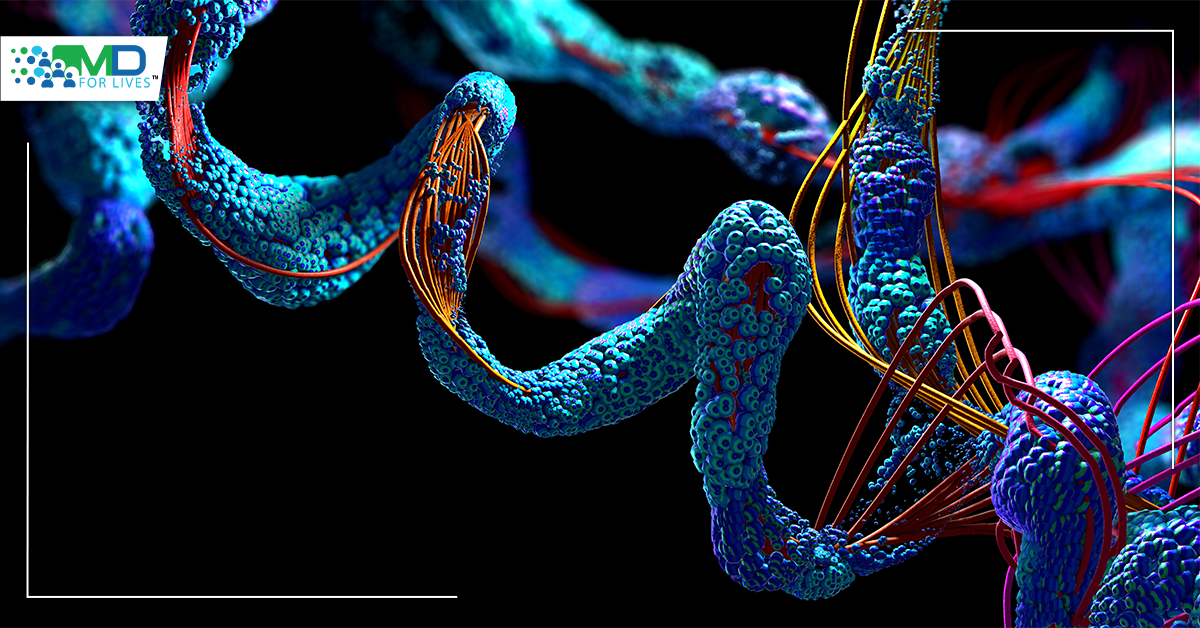An eating disorder is a mental condition characterized by aberrant eating patterns that negatively affect a person’s physical or mental health, ability to perform in important areas of life, and emotional well-being. National Eating Disorders Awareness Week (NE Awareness Week) is an annual initiative that aims to educate the public about the reality of eating disorders while also providing hope, support, and exposure to individuals and families impacted by eating disorders. It takes place during the week of February 21–February 27.
Common Eating Disorders


These practices can have a significant impact on our body’s ability to obtain adequate nutrition. Eating disorders can harm the heart, digestive system, bones, teeth, and mouth, among other organs and lead to various health issues. The origins of eating disorders remain uncertain, despite the fact that both biological and environmental factors appear to have a role. Some eating disorders have been linked to the cultural idealization of thinness. Those who have been sexually abused are more likely to develop eating disorders. Pica and rumination problems, for example, are more common in people with cognitive disabilities.
Statistics on Eating Disorders Globally
- Approximately, 9% of the population worldwide is affected by eating disorders.
- Medically, less than 6% of patients with eating problems are classified as “underweight.”
- Genetic heredity accounts for 28–74% of the risk for eating disorders.
- Eating disorders are one of the most lethal mental conditions, coming in second only to opiate addiction.
- An eating problem is responsible for 10,200 fatalities per year, which equates to one fatality every 52 minutes.
- Approximately, 26% of persons with eating problems attempt suicide.
- Every year, the economic cost of eating disorders is $64.7 billion, globally.
- An estimated 20 million women and 10 million men in the US have or have had an eating disorder at some time in their lives. It is estimated that in their lifetime, one-ninth of the American population, or 28.8 million people, will suffer from an eating problem.
 Eating Disorder Therapy and Study
Eating Disorder Therapy and Study
Feeling full, or satisfied, after a meal is natural and healthy, but what creates that sensation is difficult and very little understood. A new study headed by the University of Arizona has found a brain area and neuronal circuitry that govern satiation, which might help scientists better tailor medications to treat eating disorders or manage weight. Eating disorder therapy is determined by the specific disorder and symptoms. It usually consists of a combination of psychological counseling (psychotherapy), nutrition instruction, medical monitoring, and, in certain cases, drugs. There are now six FDA-approved drugs for weight control, although they are frequently associated with negative effects. Scientists aim at developing medicines with fewer side effects if they can more accurately target the portion of the brain responsible for the feeling of satiation.
Previous study has linked satiation circuits to the brain’s central amygdala, which also regulates fear, pain, and other powerful emotions. However, due to the intricacy of the neurons in this section of the brain, scientists have found it challenging to pinpoint where the signal moves next. Researchers discovered that after the amygdala, the signal travels to neurons in a brain area known as the parasubthalamic nucleus, or PSTh, which is responsible for the sensation of satiation. This is how they accomplished it: They already knew that the hormone cholecystokinin, or CCK, is produced by the stomach after a meal to inform the brain, “I’m full.” They also knew that PKC-delta neurons in the amygdala mediate the satiation effect of CCK by turning off other central amygdala inhibitory neurons. The researchers reasoned that neurons downstream of the central amygdala should be activated by PCK-delta neurons while also being activated by CCK. The neurons triggered by CCK and PKC-delta neurons were found in the parasubthalamic nucleus in animal models, the researchers discovered. The PSTh area of the brain was found in the 1990s by Chinese scientists and was first mentioned in English-language scientific literature in 2004, although its function remained unknown.
They discovered that neurons in this area are needed for CCK satiation to inhibit eating. This is because if we mute these neurons and the patient continues to eat, CCK has no impact. However, if we directly stimulated these neurons and the patient stopped eating, it shows that these neurons play a critical role in controlled satiation. Feeling satisfied is so significant that we doubt it is regulated by a single brain area; rather, numerous brain regions are likely to be involved. It is emphasized that the PSTh is most likely just one component of a broader jigsaw that regulates the sensation of satiation.
Conclusion
Investigating the neurocircuitry of eating in order to understand the impact that emotions have on our eating patterns. We understand that eating and emotions are distinct actions, but they are inextricably linked. Some people eat more when they are worried, while others eat less. Some persons who have an eating disorder or are obese have aberrant eating habits, but they also have emotional issues. As a result, scientists want to determine the neurological systems that govern food and emotion, as well as how they interact with one another. This knowledge can aid in the development of more targeted medicines.
- Scientists proved in this study that a unique technique based on genetically specified neurons is a valuable tool for dissecting complex brain networks with a specific purpose.
- They discovered a disynaptic neuronal circuit that connects CEAPKC-+ neurons to CEAPKC- neurons to PSTh neurons and regulates CCK-mediated eating suppression.
- This research also showed a vital function for a previously unknown area of the PSTh and gave a circuit mechanism for how CCK reduces food intake.







1 Comment
Hannah Ogunmoriti
4 years agoThanks for sharing this value